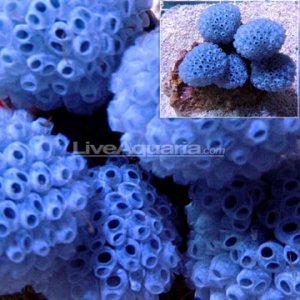holdyourlight
New member
Snail shells, particuarly turbos IMO, are a good way to introduce corralline into a tank without LR. IT's usualy growing on their shells. That would eventualy cover up the surface of the structure, blocking leaching. Would take quite some timethough, and 100% coverage isn't likely IMO. You could always scrub their shells free of algae, but it seems you're already having problems with algea, so not sure what the point would be.
As far as Phosguard, I tried it in my mixed reef and within a few days diatoms were dramaticaly reduced. Not sure if it was due to phosphates or silicates, as I hadn't tested, but it did work for whatever situation I had. Only problem I had with it was some of my soft coral closing up after a couple days. Fish showed no ill effects what so ever, so I's suspect you'd be okay with it. It is fairly cheap compaired to GFO which is why I tried it in the first place. Seems as though it may be more aggressive than GFO at absorbing phosphates, and phosphate drop was too sudden for my soft coral (or it leached aluminum? debatable). Might be better at absorbing silicate too. Not sure if there is a reliable/accurate silicate test kit. I've never bothered to think about it.
BTW, I love the zoas in your profile pic, holdyourlight. Wish I had some of those.
I'd love to get some turbos or trochus but i am actually more worried about things like ich hitchhiking more than algae, since i can scrub their shells. I'm going to have to look into how something like tank transfer QT method works for snails.
I ordered 2L of phosguard and should be here tomorrow so gonna fire it up. Glad to hear it helped you.
Thanks. I've been out of the coral game for a long time now. Those were called Yellow Jackets.

